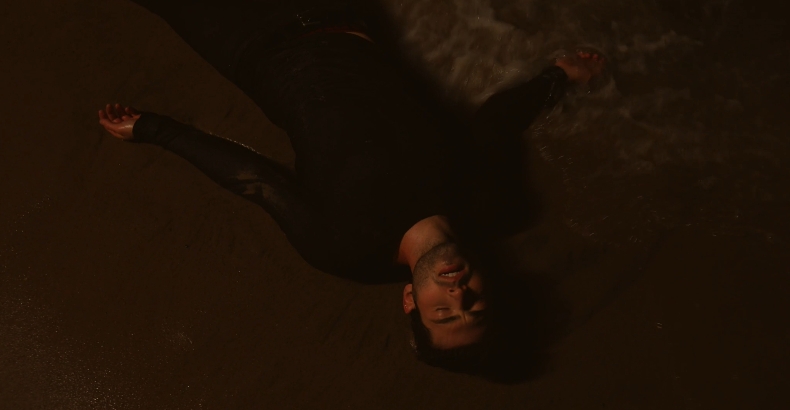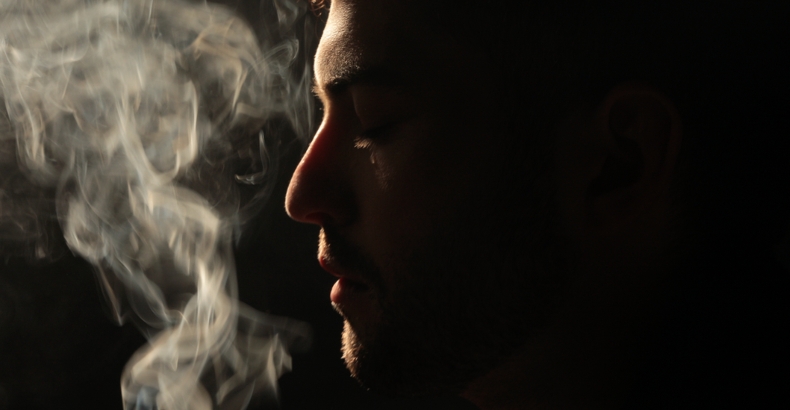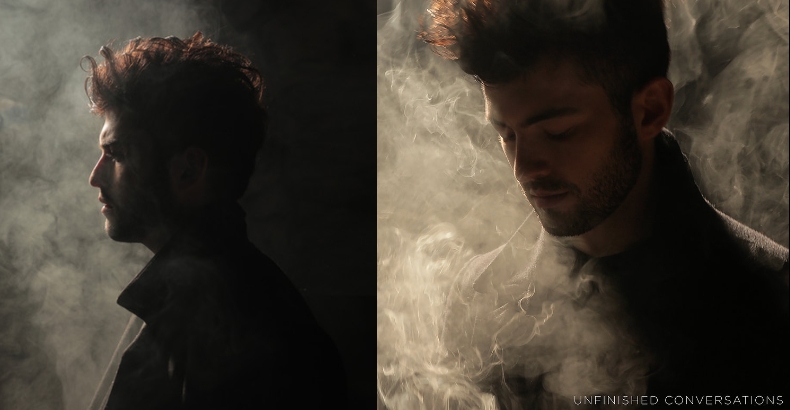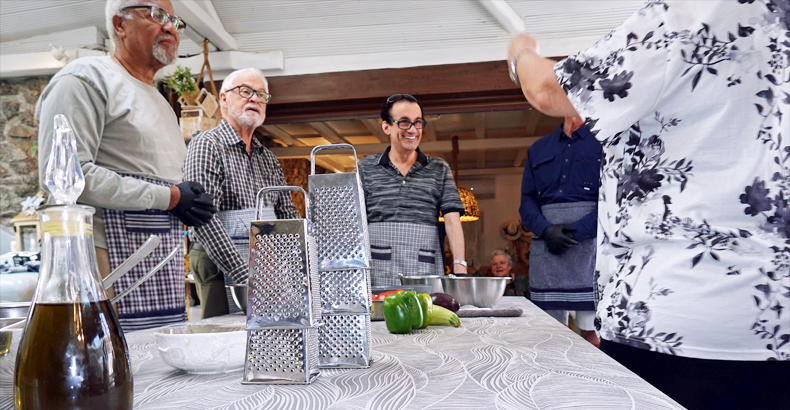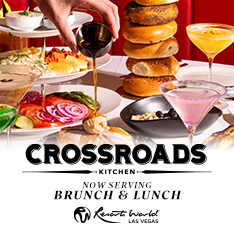Continued from Part 1...
SS: How much of your process was done virtually because of COVID over the past year?
JMC: Well, we were playing it pretty safe. We took a break when it got bad. And then we had a lot of masked sessions. So, we did a lot of planning over the phone, in between those sessions that we did masked.
SS: So, you found workarounds. So, as we theoretically come out of COVID, the process won't change exponentially?
IAN: I would say that we did the socially distanced sessions. We had I think one FaceTime session where I think we worked through the orchestration of the song, just sort of the breakdown of everything. But to be honest, Jacob and I both took COVID very seriously from the get-go. We weren't being reckless. So, when we met up, it was always a very conscious choice. It was always controlled. I think that that's how we gave it the respect it deserved.
SS: What are the most exciting parts of “Unfinished Conversations” that you would want people to keep an ear open to.
JMC: My favorite part of the song really speaks to my inner music-theory geek. When the song changes keys, it goes up a full step. I think we're in D and then it goes up to E. But then the song transitions back into the original key in a very clever way. And I don't have a guitar in front of me. Off the top of my head, I can't remember exactly what I'm doing. But when he goes to—Oh, there we go. Got it.
[At this point, McCaslin—having found a guitar—deftly plays for us, demonstrating the key changes.]
JMC: And then it goes back to the original key. Basically, there are these connecting notes that work in both keys; and the melody kind of perfectly follows on those little connecting points, so that the key changes feel seamless.
And while this concludes the interview section of the article, please enjoy the music video for Ian Nelson's "Unfinished Conversations" directed by Collin Stark and Nelson (below).
“Unfinished Conversations”
Ian Nelson
Click HERE to listen
Get into it!
#UnfinishedConversations

